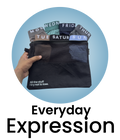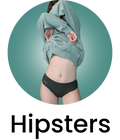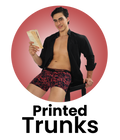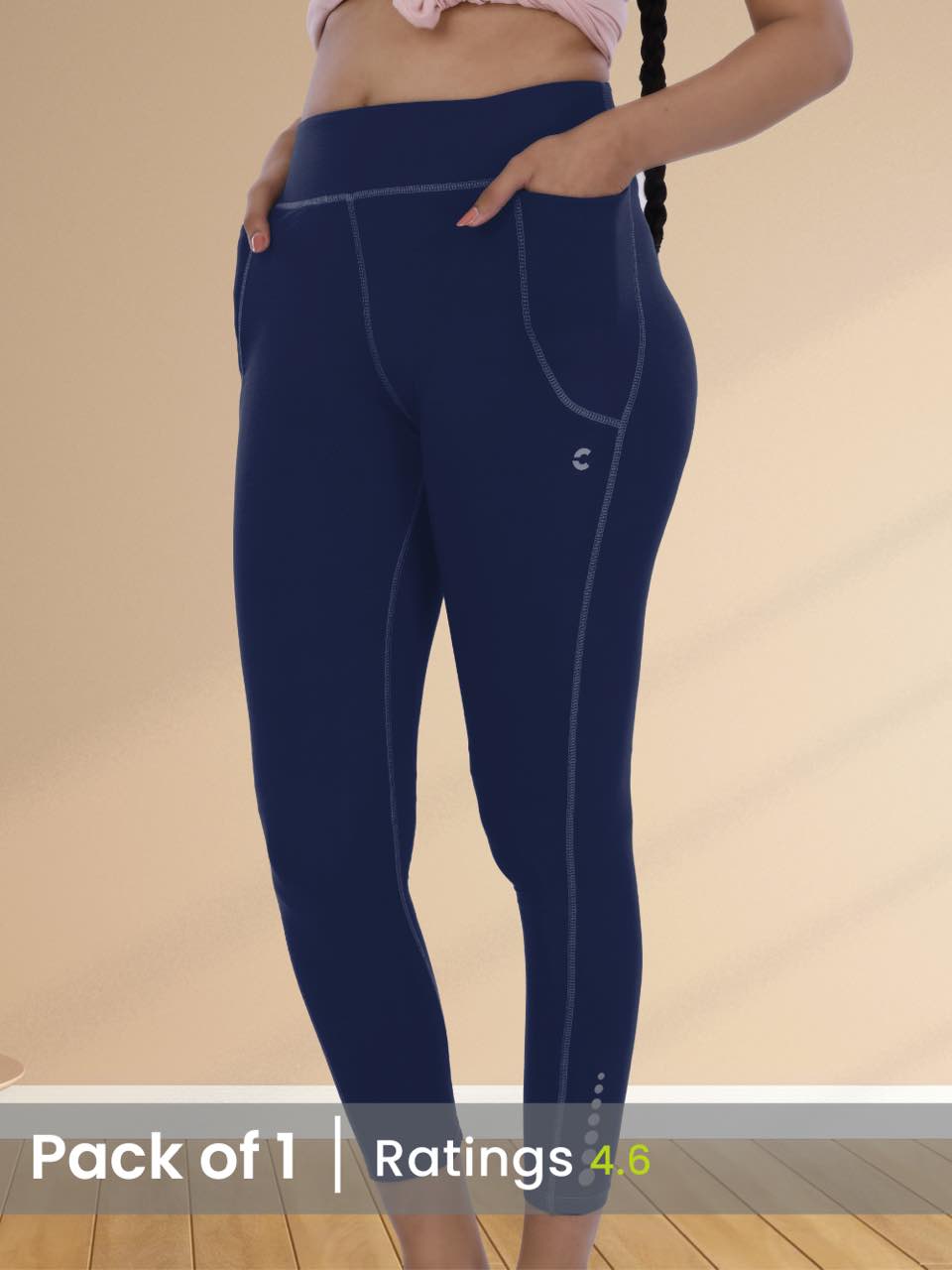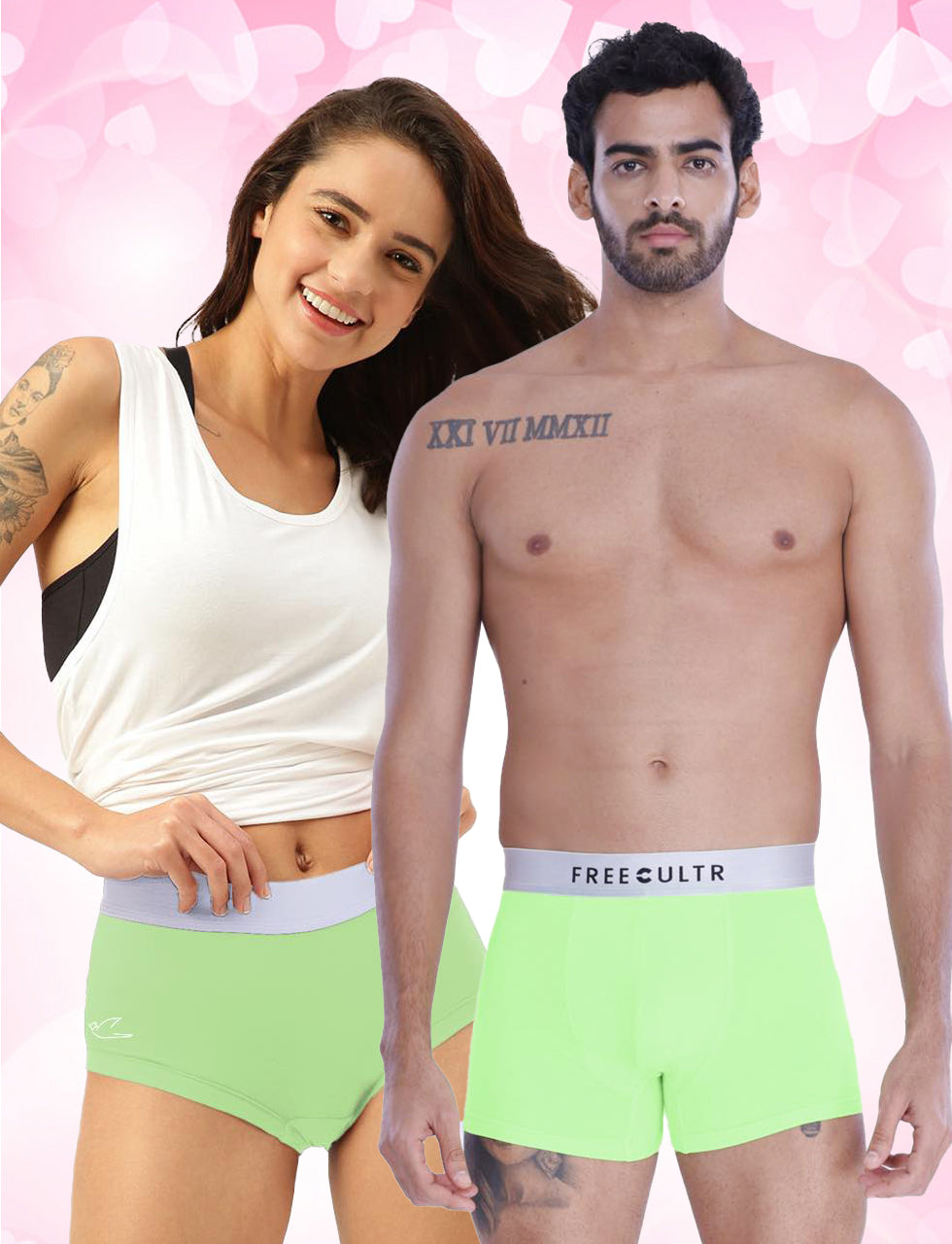In the rapidly evolving world of activewear, comfort and ergonomics are paramount. Recent market trends emphasize clothing that supports natural movement, leading consumers to weigh options like Freecultr and Damensch. But how do these brands truly stack up when it comes to everyday wear and physical activity? We'll delve into the core criteria for ergonomic design – fabric stretch, seam placement. Compression levels – to evaluate each brand's approach. This analysis will highlight key differences in their design philosophies, considering how each addresses issues like chafing, breathability. Overall support. We'll then compare these factors, providing insights into which brand offers a more ergonomically sound experience for various daily activities.

Understanding Ergonomics in Clothing: A Primer
Ergonomics, at its core, is about designing and arranging things so that people interact with them most efficiently and safely. When applied to clothing, this means creating garments that support natural movement, minimize strain. Maximize comfort. It's more than just a comfortable fit; it's about how the fabric moves with your body, the placement of seams. The overall design impacting your posture and movement throughout the day.
Key factors in ergonomic clothing design include:
- Freedom of Movement: The clothing should not restrict your range of motion.
- Breathability: The fabric should allow for adequate ventilation to prevent overheating and discomfort.
- Support: Certain garments, like sports bras or compression wear, can provide support to muscles and joints.
- Moisture Management: Wicking away sweat is crucial for maintaining comfort, especially during physical activity.
- Fit: A proper fit is essential. Too tight can restrict movement; too loose can be cumbersome.
Freecultr and Damensch: An Overview of the Brands
Freecultr and Damensch are both Indian brands focusing on innerwear and casual wear for men. They both emphasize comfort and quality in their products. Their approaches and specific features may differ. Understanding their core philosophies and target audiences is vital before comparing their ergonomic qualities.
Freecultr: Often focuses on vibrant designs and innovative fabrics. They aim to provide comfortable and stylish everyday wear, particularly for a younger, fashion-conscious audience. They often highlight their use of sustainable materials and ethical production practices.
Damensch: Positions itself as a brand focused on "innovative fabric technology" and aims to enhance everyday performance for men. They emphasize features like odor control, moisture-wicking. Superior softness. They tend to cater to a slightly older demographic who prioritize functionality and long-lasting quality.
Fabric Technology: A Critical Ergonomic Component
The fabric used in clothing is arguably the most essential factor determining its ergonomic qualities. Both Freecultr and Damensch emphasize fabric technology. They may utilize different materials and treatments.
Here’s a breakdown of common fabric technologies and their impact on ergonomics:
- Moisture-Wicking Fabrics: These fabrics, often made from synthetic materials like polyester or nylon, draw sweat away from the skin, keeping you dry and comfortable. This is crucial for preventing chafing and discomfort, especially during physical activity.
- Breathable Fabrics: Fabrics like cotton, linen. Certain synthetics allow air to circulate, preventing overheating. Open-knit structures also enhance breathability.
- Stretch Fabrics: Elastane (Spandex or Lycra) is often blended with other fabrics to provide stretch and freedom of movement. The amount of elastane affects the degree of stretch and support.
- Antimicrobial Fabrics: Treated with antimicrobial agents to inhibit the growth of bacteria and reduce odor. This is particularly essential for innerwear and activewear.
- Sustainable Fabrics: Fabrics like organic cotton, bamboo. Recycled polyester are more environmentally friendly. Some sustainable fabrics also offer inherent performance benefits, such as enhanced breathability or moisture-wicking properties.
The specific fabric blends and technologies used by Freecultr and Damensch will determine how well their garments perform in terms of ergonomics.
Comparing Key Ergonomic Features: Freecultr vs. Damensch
To determine which brand is more ergonomic for everyday movement, we need to compare their key features across different categories:
| Feature | Freecultr | Damensch | Ergonomic Impact |
|---|---|---|---|
| Fabric Composition | Varies widely; often incorporates cotton blends, sometimes with recycled materials. Details depend on the specific product line. | Focuses on proprietary fabric technologies like "Neo-Skin" or similar, often a blend of synthetic fibers designed for moisture-wicking and breathability. Specifics vary by product. | Synthetic blends generally offer superior moisture-wicking and stretch compared to pure cotton. The specific blend will determine the level of performance. |
| Stretch and Movement | Likely includes elastane in many of their products for stretch. The amount may vary. | Emphasizes stretch and recovery, often advertising "4-way stretch" for unrestricted movement. | Higher elastane content and "4-way stretch" typically provide greater freedom of movement and support. |
| Moisture Management | May offer moisture-wicking properties in some products, depending on the fabric. | Strong emphasis on moisture-wicking, often highlighting specific technologies designed to keep you dry. | Superior moisture management is crucial for comfort and preventing chafing during physical activity. |
| Odor Control | May not be a primary focus. Some fabrics may have inherent odor-resistant properties. | Often incorporates antimicrobial treatments to inhibit odor-causing bacteria. | Odor control enhances comfort and hygiene, especially for innerwear and activewear. |
| Seam Construction | Likely uses standard seam construction techniques. | May incorporate flatlock seams or other techniques to minimize chafing and irritation. | Flatlock seams are more ergonomic as they reduce friction against the skin. |
| Fit and Design | Focuses on stylish designs and a modern fit. | Emphasizes a comfortable and functional fit. | A well-designed fit that allows for a full range of motion without being too loose or restrictive is essential for ergonomics. |
Real-World Applications and User Reviews
Ultimately, the best way to determine which brand is more ergonomic is to consider real-world applications and user reviews. Look for reviews that specifically mention factors like:
- Comfort during activity: How comfortable are the garments during workouts, running errands, or other everyday activities?
- Freedom of movement: Do the garments restrict movement in any way?
- Moisture management: How well do the garments wick away sweat?
- Odor control: Do the garments stay fresh throughout the day?
- Durability: How well do the garments hold up after repeated washing and wearing?
Personal anecdotes can also be valuable. For example, a runner might praise Damensch's moisture-wicking properties for preventing chafing during long runs, while someone who works in an office might appreciate Freecultr's stylish designs and comfortable fit for everyday wear.
Case Study Example: A fitness enthusiast, John, tested both brands' t-shirts during his workouts. He found that Damensch's t-shirt kept him drier and more comfortable during intense workouts due to its superior moisture-wicking properties. But, he preferred Freecultr's t-shirt for casual wear because of its softer feel and more stylish design.
Making an Informed Decision
Based on the insights presented, it's difficult to definitively say whether Freecultr or Damensch is universally more ergonomic. The best choice depends on your individual needs and preferences.
Consider the following factors when making your decision:
- Your activity level: If you're highly active, prioritize moisture-wicking, breathability. Freedom of movement. Damensch may be a better choice in this case.
- Your personal preferences for fabric feel: Some people prefer the feel of natural fibers like cotton, while others prefer the performance of synthetic blends.
- Your budget: Prices may vary between the two brands, so consider your budget when making your decision.
- Read reviews: Pay attention to user reviews that specifically mention ergonomic factors like comfort, freedom of movement. Moisture management.
By carefully considering these factors and doing your research, you can choose the brand that best meets your needs and provides the most ergonomic performance for your everyday movement.
Conclusion
Let's envision a future where clothing enhances, not hinders, our daily movement. Having explored the ergonomic nuances between Freecultr and Damensch, it's clear that Freecultr's commitment to 4-way stretch and thoughtful design gives it an edge for uninhibited movement. The road ahead involves continued innovation in fabric technology and a deeper understanding of how clothing interacts with the human body during activity. My prediction? We'll see more brands prioritizing "movement-centric" design, focusing on seamless construction and flexible materials. As a next step, consider incorporating Freecultr pieces into your activewear collection and experience the difference firsthand. Don't just take my word for it – test the limits of your own movement and discover the freedom that ergonomic clothing can provide. Strive for clothes that support your active lifestyle, not restrict it. Embrace the comfort and confidence that comes with feeling unrestricted.
More Articles
Is Freecultr’s 4-way stretch fabric superior to Damensch’s offerings?
What makes Freecultr’s fabric more breathable than traditional cotton?
How does Freecultr ensure better moisture-wicking than Jockey?
Why does Freecultr maintain color longer than Damensch?
FAQs
So, Freecultr vs. Damensch for just, you know, existing comfortably? Which one's the ergonomic winner?
Okay, straight to the point! It's tricky to give a definitive 'winner' without knowing your specific needs and body. But, generally speaking, Freecultr often focuses on relaxed fits and natural fabrics, which can contribute to better everyday comfort and movement. But Damensch isn't slouching; they often prioritize performance fabrics and a more streamlined fit, which some people find more supportive and less restrictive, especially if you're active.
Ergonomics... That's kinda vague. What specifically are we talking about here for clothes?
Good point! Ergonomics in clothing means how well the garment supports your natural posture and movement. Does it allow you to bend, stretch. Breathe easily? Does it avoid pinching, chafing, or restricting circulation? It's all about minimizing strain and maximizing comfort throughout your day.
Does the type of fabric used by Freecultr and Damensch make a difference in how ergonomic it feels?
Absolutely! Fabric is HUGE. Freecultr often leans towards cotton, linen. Blends that are breathable and soft against the skin. This can be super comfy for lounging or light activity. Think about what you'll be doing while wearing the clothes. If it's mostly sitting at a desk, Freecultr might be comfier.
Alright, alright. What about things like waistbands and seams? Do those affect ergonomics?
You betcha! A poorly designed waistband can dig in and restrict movement, totally negating any other ergonomic benefits. Similarly, bulky or scratchy seams can cause irritation and discomfort. Look for smooth, flat seams and waistbands that are wide and either elasticated or adjustable. Both brands vary in their designs, so check reviews and product descriptions carefully.
So, it's not a clear win for either brand? I need to think about what I'm doing?
Exactly! There's no magic bullet. Consider your lifestyle. Are you mostly sedentary, or are you constantly on the go? Do you prefer a loose, relaxed fit or something more form-fitting? And most importantly, read reviews! See what other people are saying about the comfort and fit of specific items from both brands.
What part of the clothing line of each brand is more ergonomic? Is there a specific type of clothing that is more ergonomic?
Well, generally speaking, items that prioritize a relaxed fit, natural fabrics. Minimal seams tend to be more ergonomic. For Freecultr, their loungewear or oversized t-shirts might be good examples. For Damensch, their relaxed-fit joggers or performance t-shirts with flatlock seams could offer ergonomic advantages, depending on your needs. Consider these factors when shopping for any type of clothing, from underwear to outerwear.
Okay, final question: Any tips for actually finding ergonomic clothes, regardless of brand?
Definitely! Pay attention to the fabric composition and weight. Look for words like 'breathable,' 'moisture-wicking,' and 'four-way stretch.' Check the size chart carefully and consider sizing up if you're between sizes. And most importantly, don't be afraid to try things on (or order online with a good return policy) and move around in them! See how they feel when you sit, stand, bend over. Reach. Your body will tell you what it likes!

